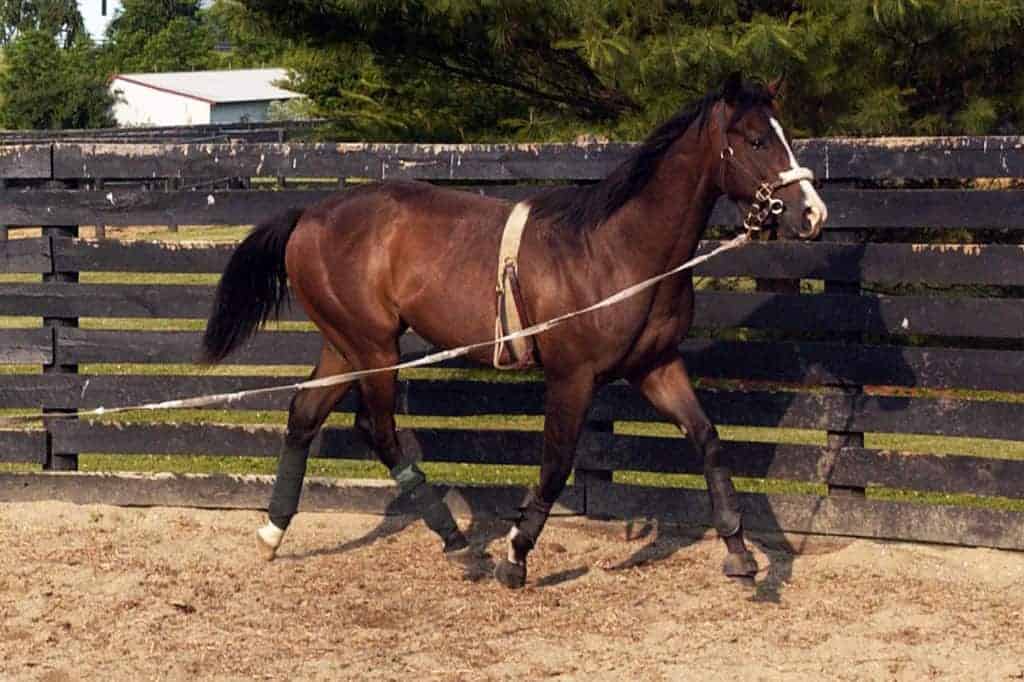
Evaluating the Equine Poor Performer
Poor performers can be a diagnostic challenge. Here’s what veterinarians will look for when examining these horses.

Poor performers can be a diagnostic challenge. Here’s what veterinarians will look for when examining these horses.

Vets can evaluate and treat performance-limiting respiratory problems to help return the patient to peak performance.

The dynamic respiratory scope will allow veterinarians to better assess performance horses’ upper respiratory tracts.

As prevalent as EIPH is, we still don’t fully understand this potentially performance-limiting condition; here’s what scientists are trying to find out.

Respiratory-related health conditions are the second leading cause of poor performance in athletic horses. Learn more about equine respiratory health with this easy-to-follow visual guide.

Vets evaluated the potential application of dynamic endoscopy when examining Thoroughbred yearlings.
This dynamic endoscope is currently the only such tool in the state of Wisconsin, the school reported.

Dr. Lisa Fortier recaps studies on upper respiratory tract health, colic, lameness, and racehorse health.
Presenters discussed joint radiographs, endoscopic exams, and changes in sales conditions during the lecture.
A panel will present radiographic images of joints and endoscopic videos of throats Thoroughbred yearlings.
The University of Glasgow Equine Hospital will be the first in the U.K. to look inside a horse as it gallops at full speed.
Pioneering equipment will enable vets to closely examine the airways of a horse as it exercises, revolutionizing
Endoscopy is the current diagnostic method of choice for evaluating the equine upper airway. However, veterinarians at Cornell University for the first time have described ultrasound techniques for evaluating the equine larynx, and they say the
Diagnosing equine gastric ulcers might soon be a procedure that’s short and sweet. Until recently, ulcer detection depended on using an endoscope to peer at the stomach lining. Now, a team of researchers at Texas A&M University, led by Noah
Endometrial cysts occur in up to 22% of all mares and up to 55% of older mares.
In his presentation “Deep Horn Insemination” at the Hagyard-Davidson-McGee Bluegrass Equine Reproduction Symposium Oct. 25, John Steiner, DVM, Diplomate ACT, discussed two ways to use minimal numbers of sperm deposited at the tip of the uterine
Many of you are familiar with the respiratory condition known as “heaves,” also termed recurrent airway obstruction (RAO). Primarily caused by chronic exposure to dusts and molds in hay and bedding, heaves can cripple the function of a horse’s
Stay on top of the most recent Horse Health news with
"*" indicates required fields